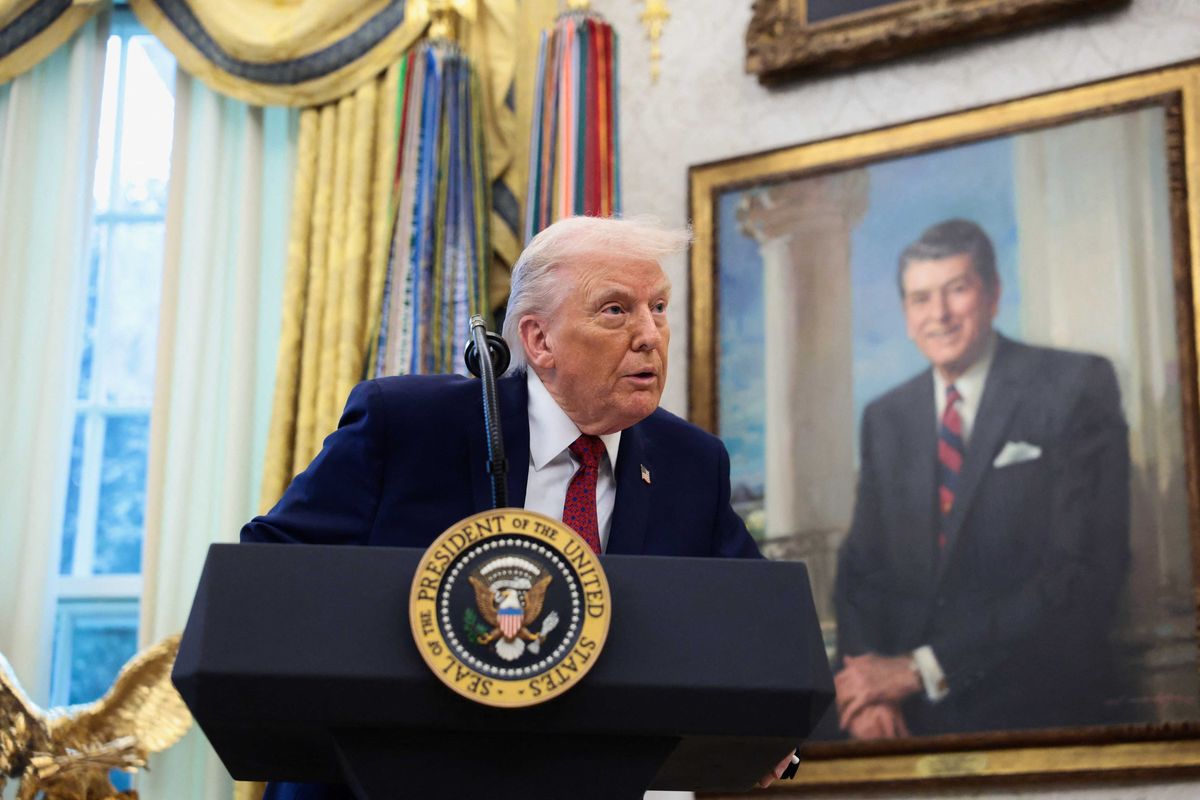(NewsNation) — Cardinals continued to weigh priorities for the future of the Catholic Church on Tuesday as faithful around the world await Wednesday’s conclave and the appearance of white smoke from the Sistine Chapel chimney — the traditional signal that a new pope has been elected.
Conclaves typically span several days, with multiple rounds of voting, before a candidate secures the necessary two-thirds majority to become pope.
Here’s the schedule for the week as the Cardinals work toward their decision:
On Monday, cardinals held two rounds of meetings, addressing several issues, including divisions within the Church.
A final round of discussions will be held Tuesday, with the first official vote expected Wednesday.
If no candidate achieves the two-thirds threshold, four votes will be held each day starting Thursday. After three days of voting, a pause will be taken for prayer and reflection. If 33 rounds pass without a consensus, a runoff between the top two candidates will take place.
According to the Vatican, 180 cardinals, including 132 electors, participated in Monday’s meeting. A 133rd elector is present in Rome but did not attend. Two cardinals, one from Spain and another from Kenya, will not participate in the conclave due to health issues.
Cardinals address divisions in church
One of the key topics raised Monday was the “strong concern” over divisions within the church, a Vatican spokesperson told Reuters. This may refer to contentious issues such as Pope Francis’ decision to permit blessings for same-sex couples and to initiate discussions about the role of women in the church.
Since the day after Francis’ death, the cardinals have been meeting almost daily to reflect on the direction of the 1.4 billion-member Catholic Church, with participation gradually increasing.
During the conclave, the cardinals are housed in two Vatican guest houses and are sequestered from outside communication until a new pope is chosen.
How long can the voting process take?
Some cardinals have expressed it’s in their best interest for the process to move as swiftly as possible.
Francis’ conclave was notably quick, lasting around 24 hours. Pope Benedict’s conclave in 2005 took two days.
The October 1978 conclave that elected Pope John Paul II was also relatively brief. But if we look further back, the 1268 conclave, which elected Pope Gregory X, stretched on for nearly three years.
Since 1900, the longest conclave has lasted five days, providing some context for what onlookers might expect in the coming days.
Reuters contributed to this report.



